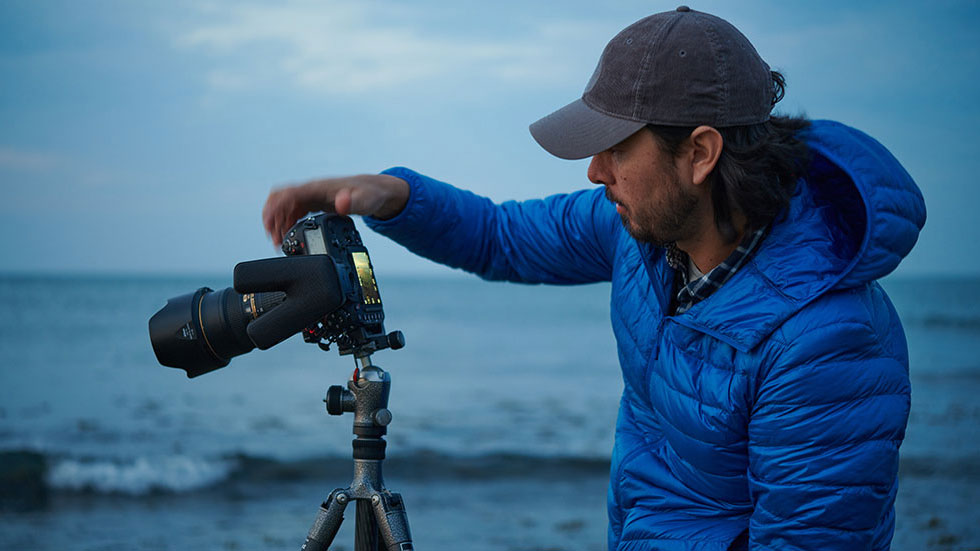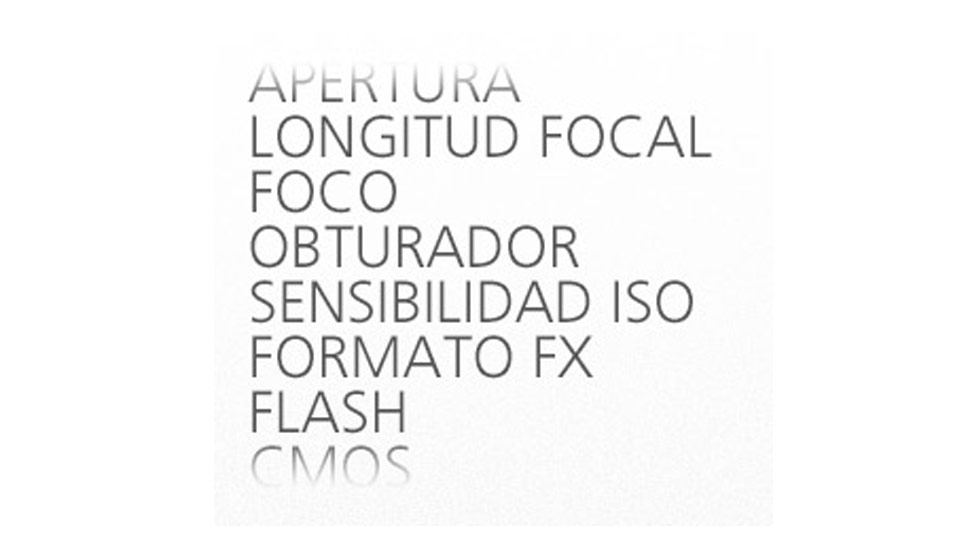Photographing an Annular Solar Eclipse
A composite image showing three different stages of the 2023 annular eclipse. The first phase is as the moon begins to cross the path of the sun. The second phase is during totality, when the moon obscures nearly 90% of the sun. The third phase is as the moon begins to reveal the sun again as it moves off of totality.
The celestial sky above our heads is full of magnificent wonders. From the dancing lights of the aurora borealis, to dazzling meteor showers, glowing comets and more, a simple look upwards can provide a fantastic show, and the good news is that it’s free. You just have to be there. Every year, there are two-to-five solar eclipses that take place worldwide. These may be partial, annular or total eclipses, but nonetheless, all are worth gazing at.
Now before you run outside and start staring at the sun, (which you should not do without the proper eye protection) let’s discuss the difference between these three types of eclipses.
Partial Solar Eclipse: first off, the most common, a partial eclipse. This event takes place when the moon passes in front of the sun, but just off center. This allows for a “C” shape of the sun as the moon does not totally cover it.
Annular Solar Eclipse: the annular eclipse occurs when the moon passes in between the sun and the Earth, but it is at its furthest point from Earth. This distance results in the moon covering nearly 90% of the sun, but not completely blocking it out, therefore creating the “ring of fire” look to the eclipse.
Total Solar Eclipse: during a total solar eclipse, the moon is closer to the Earth, and as it crosses paths with the sun, it completely blocks out the sun revealing a mesmerizing display called “the corona.” Depending on your location relative to the path of totality, this moment can last anywhere from a few seconds to a few minutes. If you're outside the path of totality, you'll only witness a partial eclipse.
"The Ring of Fire" during totality as the moon obscures the sun during the 2023 Annular Solar Eclipse.
Photographing the Annular Eclipse
For the most recent annular eclipse that I photographed, the key moments for me were the last of the partial eclipse transitioning into totality and then back to a partial. As totality took place, I waited for the optimal moment as the moon was centered as much as possible within the sun before I captured my frame. And with totality lasting four-and-a-half minutes, I was able to not only photograph the event, but take it in with my own eyes as well (utilizing solar eclipse glasses to protect my eyes). Just another reason to position yourself as close to the path of totality as possible. It’s great to create images with your camera, but even better to create memories with your eyes. Just know that for totality during an annular eclipse, you will still need a pair of solar glasses to view the “ring of fire.”
Shadows from the annular eclipse are cast onto the ground by a tree above.
Eclipse photography tips
Planning: no matter what eclipse you may be preparing to see, there are a few things you will need to keep in mind in order to successfully photograph it. First, you will want to plan. If the eclipse you’re seeking is more than a partial, you will want to position yourself as close as possible to the path of totality. Being close to the path of totality will allow you to have the most time possible to photograph totality, as well as having the best “shape” to the eclipse. There are several websites online with helpful information for planning where the path of totality will be for any upcoming eclipse.
Weather check: next, make sure you;re keeping a keen eye on the weather. Cloud cover can put a damper on your eclipse party. Try to choose your location for viewing the eclipse from an area with the best weather for that time of year.
Photography gear: when it comes to picking your photography gear, you’ll want to first visualize the frame you want to create. You don’t always need a large focal length lens to be zoomed into the eclipse. You can utilize the eclipse as a backdrop for a larger scene and go with a wider angle if you wish to change things up. Whether zoomed in or out, it is important to note that you will need a solar filter (either 16 or 18-stop) for your lens for all eclipses. The only exception to this when photographing a total solar eclipse during its totality. Then, and only then, is it safe to photograph the event without your solar filter on! Once totality ends, it’s time to put the solar filter back on the lens, for the remainder of the event.
For telephoto shots, a sturdy tripod is a must. A cable or remote release to trigger your shutter will help reduce camera shake. You can also use the SnapBridge app via a compatible smartphone, to trigger the camera. Try to avoid slow shutter speeds unless you’re shooting a total eclipse at totality. Lastly, shoot more frames than you think you need as the moon begins to cover the sun to increase your chances of capturing “Bailey’s Beads” or the “Diamond Ring” effects, which are visible during totality of an annular or total solar eclipse.






